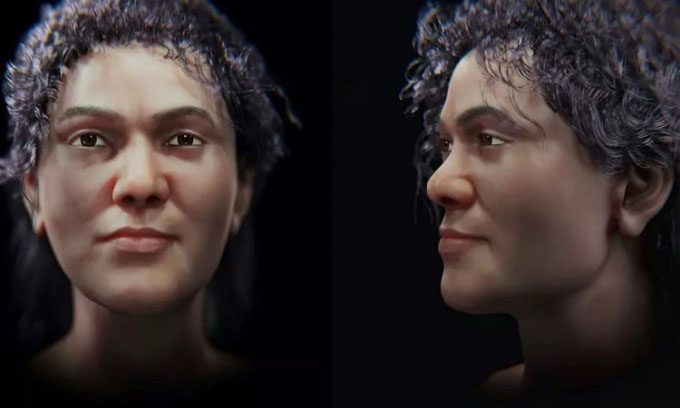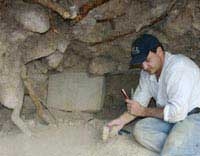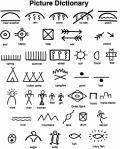Researchers Reconstruct the Face of a Woman Who Lived 45,000 Years Ago, a Hybrid Between Modern Humans and Neanderthals.
In 1950, archaeologists discovered a skull buried deep within a cave system in the Czech Republic. Due to the skull being split in two, the research team concluded that the remains belonged to two separate individuals. However, through decades of genetic sequencing, they determined that the skull belonged to a woman who lived 45,000 years ago. They named her Zlatý kůň or “Golden Horse” in Czech, after the hill above the cave system.

Reconstructed face of a woman who lived 45,000 years ago. (Photo: Cícero Moraes).
Further analysis of her DNA revealed that 3% of the woman’s genome had Neanderthal ancestry. Zlatý kůň belonged to a population of early modern humans likely related to Neanderthals. Her genome is the oldest modern human genome ever sequenced. Despite knowing quite a bit about her genetics, researchers had little idea of what she looked like. A new study by Brazilian graphic specialist Cícero Moraes and his team reconstructed the appearance of Zlatý kůň based on the skull, as reported by Live Science on July 31.
To create a portrait of the woman, the research team utilized data collected from several CT scans of the skull available in online databases. However, they found that some fragments of the skull were missing, including a large section from the left side of the face, likely due to animal bites after death. The animal could have been a wolf or hyena that lived at that time.
To replace the missing parts, Moraes and his team used statistical data collected in 2018 by researchers who had previously reconstructed other skulls. They also conducted two CT scans of a modern woman and man during the creation of the digital face.
“What we focused on most was the angularity of the facial structure, especially the jawbone. When archaeologists found the skull, initial analysis suggested it was male. We noticed that Zlatý kůň’s jaw tends to align more with Neanderthals,” Moraes shared.
The sharp jawline was not the only feature that caught the researchers’ attention. They also discovered that the volume of the woman’s cranial cavity was larger than that of modern humans in the database. “After obtaining the basic face, we created more scientifically objective images in grayscale with eyes aimed and no hair. Then, we built a conjectural version with skin tone, open eyes, hair, and fur. The second version provided a more relatable face for the general population,” Moraes stated.
The result is a vivid portrait of a woman with dark, curly hair and brown eyes. According to Moraes, they sought factors that could contribute to the facial structure on a speculative level since there was no data revealing Zlatý kůň’s skin, hair, and eye color.





















































